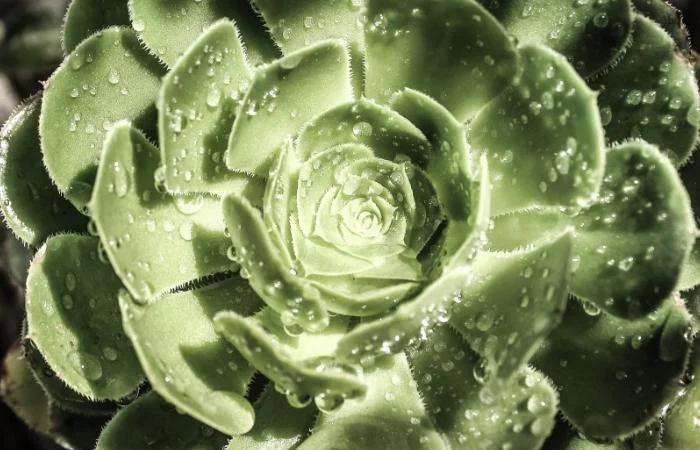Succulents are popular houseplants known for their unique shapes and vibrant colors. They have adapted to thrive in arid environments, storing water in their leaves, stems, and roots. For many succulent enthusiasts, providing the right amount of light is crucial for their growth and health. Grow lights have become a common solution for indoor gardeners who want to ensure their succulents receive adequate light, especially during the darker months of the year. This article will explore how long succulents should be under a grow light to thrive.
Understanding Succulent Light Needs
Succulents originate from regions with abundant sunlight, such as deserts and semi-arid areas. As a result, they typically require a significant amount of light to grow well. While natural sunlight is ideal, many indoor environments do not provide enough light, especially during winter months or in spaces with limited windows.
When using grow lights, it is essential to replicate the conditions these plants would experience in their natural habitats. Understanding the light requirements of succulents will help you determine the appropriate duration for using grow lights.
Types of Grow Lights
There are several types of grow lights available, each with its advantages and disadvantages. The most common types include:
Fluorescent Lights: These lights are energy-efficient and produce a low amount of heat. They are suitable for growing succulents because they provide a good spectrum of light without overheating the plants.
LED Lights: LED grow lights are becoming increasingly popular due to their energy efficiency and long lifespan. They emit very little heat and can be tailored to provide specific light spectrums that benefit plant growth.
Incandescent Lights: While these lights are readily available, they are not recommended for growing succulents. They produce a lot of heat and can cause the plants to overheat, leading to stress and damage.
High-Intensity Discharge (HID) Lights: These lights provide a high level of light but can generate significant heat. They are typically used in larger growing operations rather than for individual houseplants.
Duration of Light Exposure
The amount of time succulents should be under a grow light depends on several factors, including the type of succulent, the intensity of the light, and the growth stage of the plant. Generally, succulents require between 10 to 16 hours of light per day. Here are some guidelines to help you determine the right duration for your plants.
Young Plants and Seedlings: Young succulents and seedlings typically require more light to establish themselves. Aim for 12 to 16 hours of light per day to encourage healthy growth and prevent leggy growth.
Mature Succulents: For mature succulents, 10 to 14 hours of light per day is usually sufficient. Monitor the plants for signs of stress, such as stretching or discoloration, which may indicate they need more light.
Dormant Period: Many succulents enter a dormant period during the winter months. During this time, they require less light. Reducing the light exposure to about 8 to 10 hours per day can help mimic their natural growing conditions.
Positioning Grow Lights
The placement of grow lights is just as important as the duration of exposure. Here are some tips for positioning your grow lights effectively:
Distance from Plants: The distance between the grow light and the succulent is crucial. If the light is too close, it can cause overheating and stress. If it is too far away, the plants may not receive enough light. A general rule of thumb is to keep fluorescent lights about 6 to 12 inches away from the plants and LED lights about 12 to 24 inches away.
Adjusting for Growth: As succulents grow, you may need to adjust the height of the grow light. Regularly check the distance and make adjustments to ensure your plants receive adequate light without being scorched.
Light Coverage: Ensure that all parts of the succulent receive light. If your grow light is too small, consider using multiple lights or rotating the plants to ensure even exposure.
Monitoring Plant Health
Monitoring the health of your succulents is essential to determine if they are receiving the right amount of light. Signs of inadequate light include:
Leggy Growth: If your succulents are stretching toward the light source and becoming elongated, they may not be receiving enough light.
Discoloration: Yellowing leaves or a loss of color can indicate light stress. Conversely, if the leaves become too pale or bleached, it may be a sign of too much light.
Leaf Drop: If your succulents are dropping leaves, it could be a response to insufficient light or other stress factors.
Conclusion
Providing the right amount of light for succulents is essential for their growth and health. Using grow lights can effectively supplement natural light, especially in indoor environments. Generally, succulents should be under a grow light for 10 to 16 hours a day, depending on their growth stage and light requirements.
By understanding the types of grow lights available, the appropriate duration of exposure, and how to monitor plant health, you can create an optimal environment for your succulents to thrive. With proper care and attention, your succulents will reward you with their stunning beauty and resilience.


